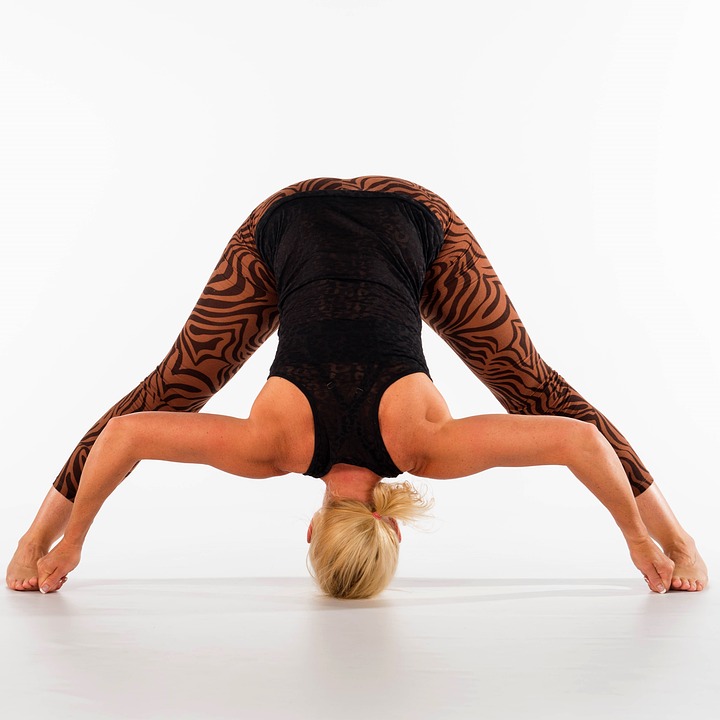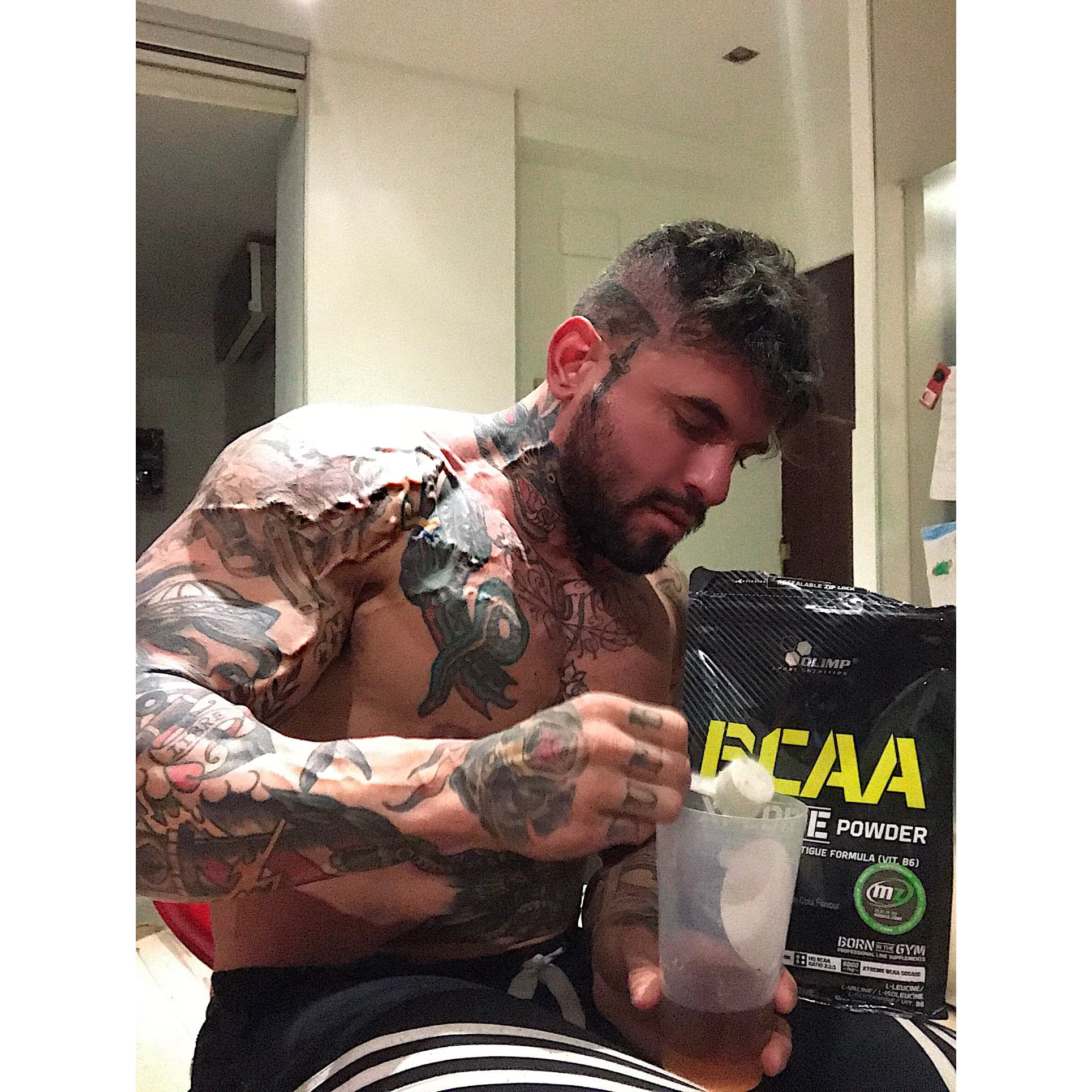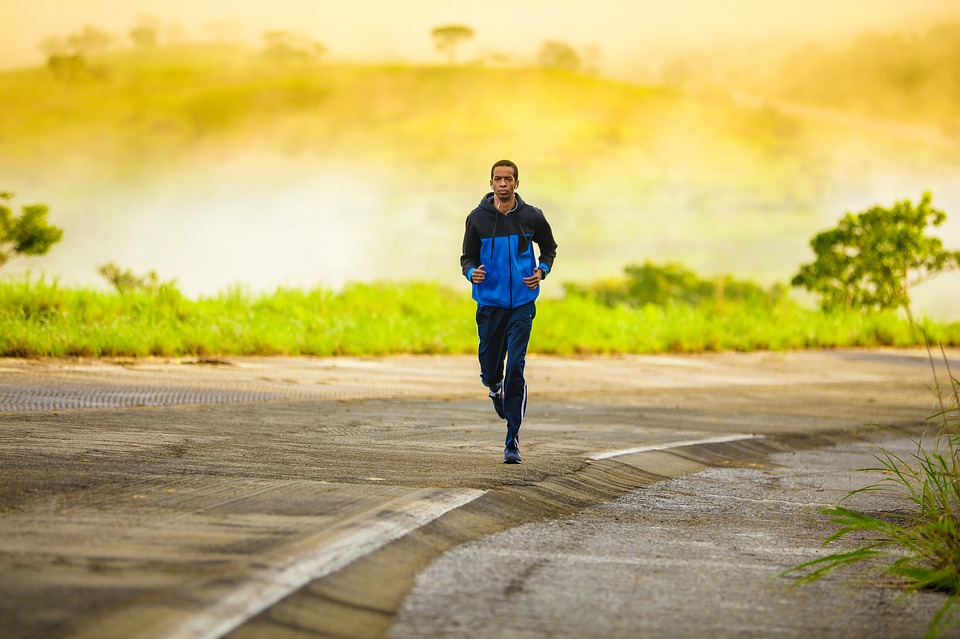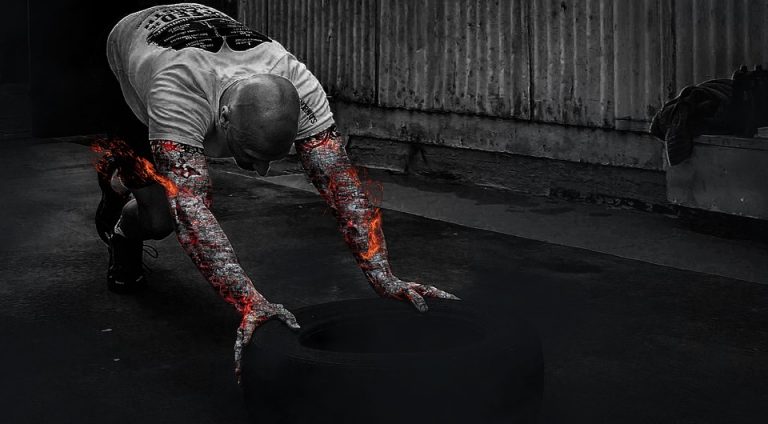2019, the cliché of new year, new me. Gyms filled with determined newcomers who overdid their first workout and wake up the next morning with terrible muscle soreness.
When people complain to me about muscle soreness, I often remember my dad, he always says; ‘to lose the muscle soreness, you have to keep moving your muscles and don’t sit still and whine about it all day.’
But is this really true? Do I really have to push through the pain? And, what other ways can you exploit to reduce or even prevent muscle soreness? Here are 5 popular ways to reduce muscle pain, or at least that’s what people think. ?
Before we get into it, let’s see what muscle pain or muscle soreness actually means.
A better definition for muscle soreness and muscle pain is DOMS, Delayed Onset Muscle Soreness. DOMS can be described as a pain and/or stiffness in the muscles which can be felt a few hours or even 1 or 2 days after intense exercise or movement. Throughout this blog muscle pain and soreness will be defined as DOMS.
- Stretch with warm up and cooling down.

Let’s start with one of the most famous ways of reducing DOMS, stretching. Stretching includes many different approaches and is said to have many positive effects on your workout and body. Does one of those effects really include reducing muscle soreness?
To find an answer to this question, I present to you a review named ‘Stretching to prevent or reduce muscle soreness after exercise’ by RD Herbert, M de Noronha and SJ Kamper. This review analysed multiple researches and drew a conclusion from that data. The main results from the 12 studies showed a certain consistency. Regarding pre-exercise stretching, DOMS reduced at one day after exercise by half a point on a 100-point scale. Whereas post-exercise stretching reduced DOMS at one day after exercise by one point on a 100-point scale. This doesn’t seem like a big effect, 0,5% and 1% reduction of muscle soreness, so what about incorporating pre- AND post-exercise stretching? Well these results show us that pre- and post-exercise stretching reduced the peak soreness by four points on a 100-point scale. This is an increase of 400% compared to only stretching one time. But if you look at the overall discovery, 4 points on a 100-point scale is a tiny reduction. To reduce muscle soreness, we should look for another solution. But don’t get me wrong, this does not mean stretching is useless! Stretching is such a huge subject and we should discuss this in another blog, but for now, let’s check out other solutions to reduce DOMS.
Source: https://www.ncbi.nlm.nih.gov/pubmed/21735398
- Hydration

Staying hydrated is vital for a healthy body, it is necessary for a wide range of body systems, including muscle repair. There is even evidence that being dehydrated could increase the intensity of DOMS and in a few cases even cause the muscle pain! Now, you might think you should drink a few glasses of water before your workout but that is not enough. You should stay hydrated before, during and after your workout because you also lose a lot of water through sweating during exercise.
It is recommended to drink 2 litres of water per day, but this doesn’t include your exercise. Therefore, another recommendation is to drink 100ml of water every 15 to 20 minutes during and after your workout.
This might seem a lot, but the chance of drinking too much water is smaller than being dehydrated. Nevertheless, when feeling bloated or even nauseous, there is a possibility you have been drinking too much water. Simply, stop drinking water for a while and see if you feel better. But I highly doubt you will often be in this kind of situation.
If you want to learn more about staying hydrated, please read this blog; https://www.mz-store.com/blog/what-to-drink-during-workout-hydration-rules-during-exercise/
Source: https://woman.thenest.com/water-helps-muscles-recover-exercise-11264.html
- Massage

Another popular way of reducing DOMS is through massage, massages are relaxing, awesome for recovery and just feel, most of the time, amazing. But what do the numbers say, is a massage really the answer to reducing DOMS? A research which included 10 subjects tried to find the answer through maximal actions of the elbow flexors. Both arms did the maximal exercise but only one arm received 10 minutes of massage a few hours after the workout. The results were significant. The massaged arm felt less soreness in the joint and the muscle, including the extensor and the flexor. The biggest difference was measured during the third- and fourth-day post-exercise and overall, massage relieved DOMS by roughly 30%! This is a high reduction but there must be something which can reduce DOMS even more, right?
Source: https://www.ncbi.nlm.nih.gov/pmc/articles/PMC1250256/
- Protein intake

Many people say that protein reduces muscle soreness, so let’s have a look at the effects of protein.
Protein is a nutrient which helps your body grow, maintain and repair muscles and body tissue. It is vital for improving muscle strength and muscle building. You can understand that if you have not eaten enough protein, your muscles will struggle repairing after a workout. To support your body and maintain its performance it is important to keep your protein intake high, especially short after a workout. Therefore, it is advised to take a high protein snack after a workout or even a protein shake. But is it really just protein? No. your body also needs energy to function properly because otherwise it will start getting its energy from fat and protein. In that case your body is even taking protein away from your muscles instead of adding it! A high carb meal is advised before and a few hours after your workout. And that’s not all, a regularly forgotten part of nutrition and training are vitamins and minerals. You might even say, vitamins have a bigger impact on reducing DOMS than Protein! The vitamins which affect DOMS are Vitamin A, E and C and can be found in Antioxidant supplements. These antioxidant supplements detoxify peroxides which are produced during physical activity and could lead to preventing muscle damage. Just 3 grams of Vitamin C supplements taken 3 times per day have been found to reduce DOMS.
It is safe to say that there is not one perfect substance or food to reduce muscle soreness. A healthy and balanced diet is most important and on top of that you could add supplements to increase the likelihood of reducing Delayed on-set Muscle Soreness.
Source: https://www.ncbi.nlm.nih.gov/pmc/articles/PMC4294436/
- Keep Moving

And then we finally reach number 5, keep moving, like my dad (and probably many others) always says. Research shows that a 20-minute cycling session with low intensity increases the blood flow which in effect reduces the muscle soreness due to the inflammatory process of blood. You can not and should not go every training hard and to the max, some days you have to see as a recovery workout to let your body fully recover and prepare for the next heavy workout. It is not advised to keep working out intensely while having muscle soreness, but a light recover workout instead can help get rid of the muscle soreness. And that brings me to say that my dad was right. Movement does help reduce DOMS but only executed with a low intensity.
So let’s summarize and give you a short but complete guide on how to reduce or even prevent muscle soreness.
Firstly, warming up and cooling down stretching won’t have a huge impact on prevent muscle soreness, but do have an effect on other body processes so do not skip this!
Secondly, start, stay and keep hydrated before, during and after your workouts.
Thirdly, follow a healthy diet in which you get enough carbs, proteins, healthy fats and most certainly don’t forget your vitamins and minerals.
Furthermore, schedule your workouts properly and fit in some recovery workouts throughout the week to minimize the muscle soreness and prevent being over trained.
And finally, if you have the opportunity to get a massage, take it! It could reduce your DOMS by 30%, and massages just feel awesome.
Written by: Sven Nicholson, Healthy Changes P







